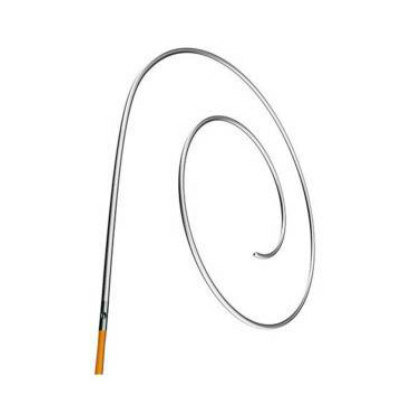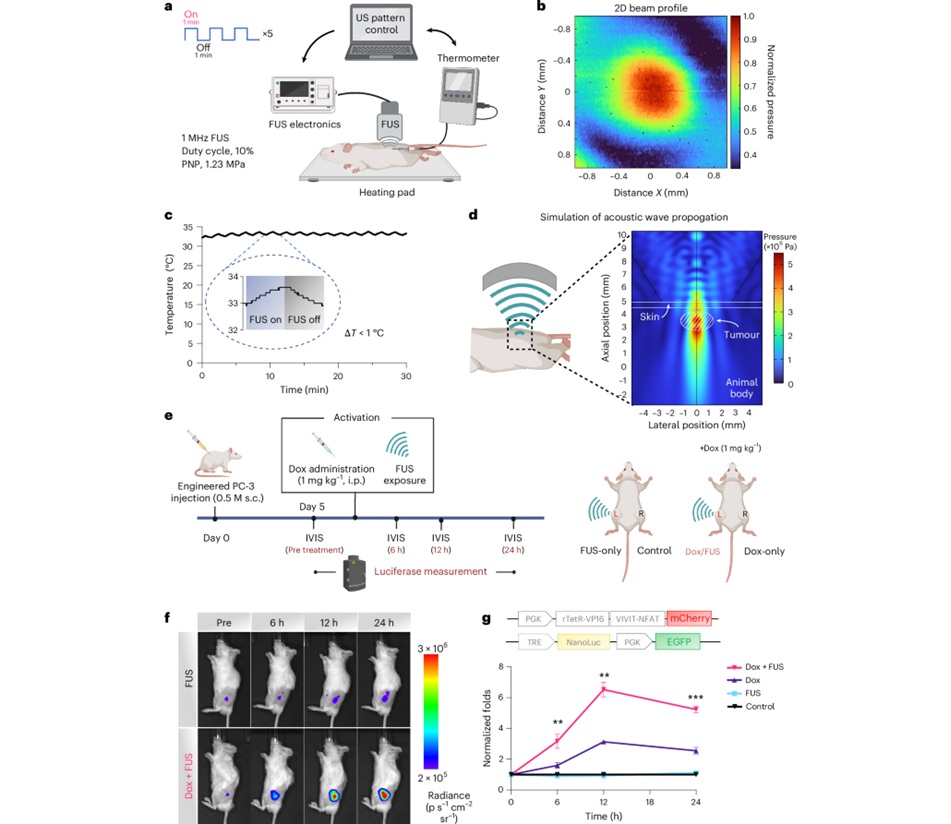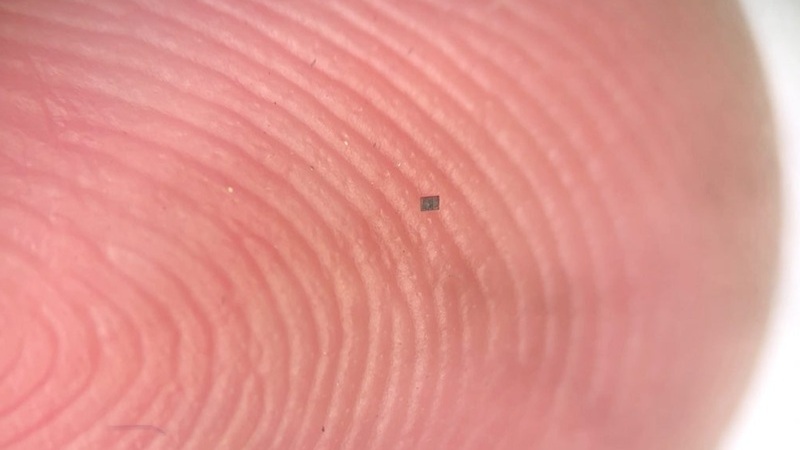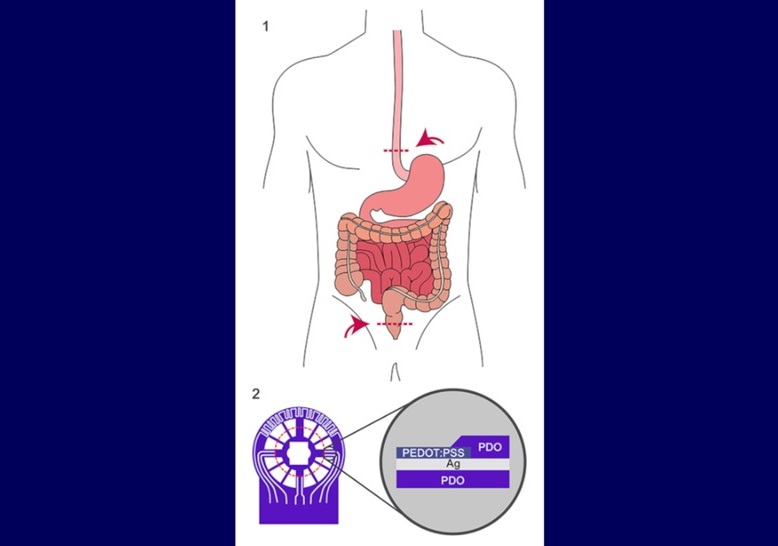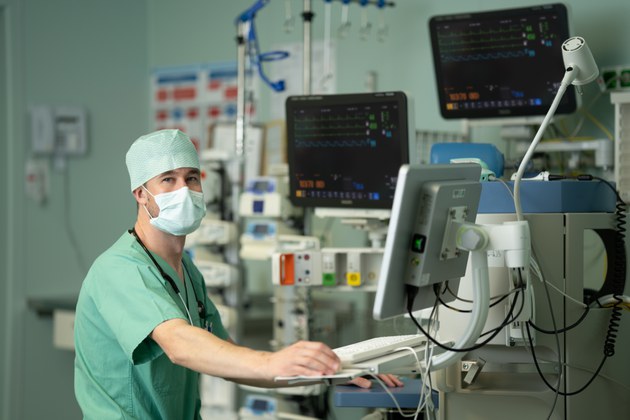World's First Robotic Clinical Assistant for Hospitalized Patient Care Launched
|
By HospiMedica International staff writers Posted on 24 Mar 2022 |
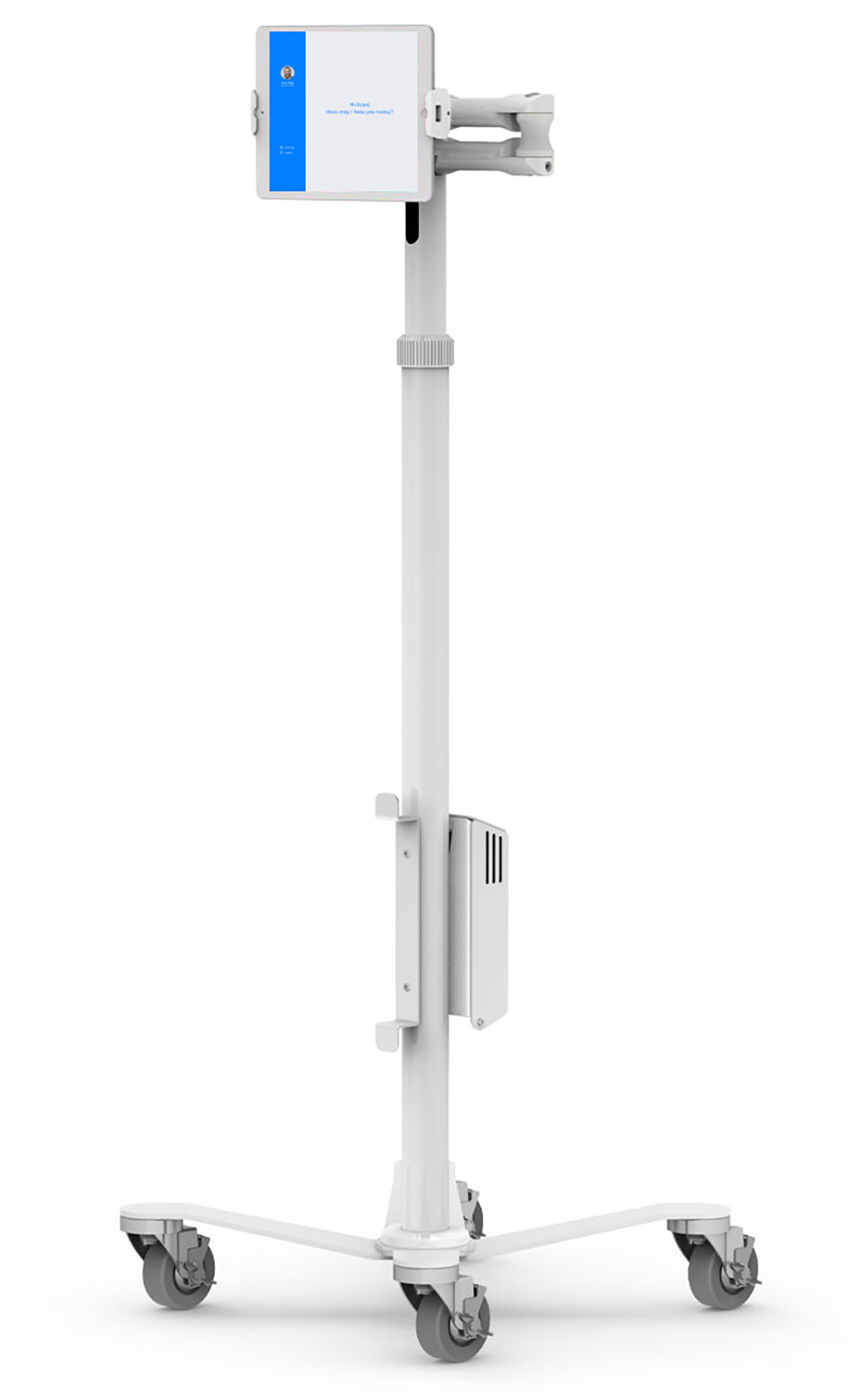
There are enormous pressures on nurses working in hospitals or nursing homes, especially due to the COVID-19 pandemics-related patient surge. A nurse traditionally monitors abnormal vitals and other critical abnormal data and is responsible for calling code and rapid response teams. While serving many patients, it is not possible to attend to multiple patients at the same time as any patient can have critical abnormal data at any time. Now, the world's first robot doctor aims to reduce this load on nurses and remain vigilant 24x7 even when nurses are taking care of other patients' needs, thereby minimizing human errors and prevent exhaustion or burnout among nurses.
Robot Doctor, LLC (Biloxi, MS, USA) has launched the world's first Robotic ClinicalAssist for hospitalized patient care. The ClinicalAssist is a computer on wheel that can be placed in the patient’s room at the hospital and is connected to telemetry monitors and electronic medical records. The Robot will actively monitor for the availability of abnormal data and collect appropriate medical history that will help to determine the patient’s clinical condition. If appropriate, the ClinicalAssist will call a code blue or rapid response team. The device is built on artificial intelligence programs which are designed to reduce human errors and the workload of nurses.
Artificial intelligence programs are already incorporated into almost every sector of human life such as auto-driving cars and their adoption in healthcare is long overdue. ClinicalAssist is the world's first Robot Doctor that was developed using a patented application that mimics the cognition of expert physicians. The Doctor Ai technology was used to develop Robot Doctor which was compared with human physicians to determine its efficacy in triage decision making. The study found no significant differences in the decision-making capacity of Ai and human physicians related to finding the correct diagnosis and recommending correct treatment.
The company envisions that all hospitals will adopt the technology to reduce deaths among hospitalized patients, including those with symptoms of COVID-19. The technology could solve the global healthcare crisis in the near future and help increase access to healthcare for millions living in remote locations. In addition, during any future pandemics, the Robot Doctor could help solve any crisis by reducing the workload of healthcare providers.
Related Links:
Robot Doctor, LLC
Latest Patient Care News
- Revolutionary Automatic IV-Line Flushing Device to Enhance Infusion Care
- VR Training Tool Combats Contamination of Portable Medical Equipment
- Portable Biosensor Platform to Reduce Hospital-Acquired Infections
- First-Of-Its-Kind Portable Germicidal Light Technology Disinfects High-Touch Clinical Surfaces in Seconds
- Surgical Capacity Optimization Solution Helps Hospitals Boost OR Utilization

- Game-Changing Innovation in Surgical Instrument Sterilization Significantly Improves OR Throughput
- Next Gen ICU Bed to Help Address Complex Critical Care Needs
- Groundbreaking AI-Powered UV-C Disinfection Technology Redefines Infection Control Landscape
- Clean Hospitals Can Reduce Antibiotic Resistance, Save Lives
- Smart Hospital Beds Improve Accuracy of Medical Diagnosis
- New Fast Endoscope Drying System Improves Productivity and Traceability
- World’s First Automated Endoscope Cleaner Fights Antimicrobial Resistance
- Portable High-Capacity Digital Stretcher Scales Provide Precision Weighing for Patients in ER
- Portable Clinical Scale with Remote Indicator Allows for Flexible Patient Weighing Use
- Innovative and Highly Customizable Medical Carts Offer Unlimited Configuration Possibilities
- Biomolecular Wound Healing Film Adheres to Sensitive Tissue and Releases Active Ingredients
Channels
Critical Care
view channel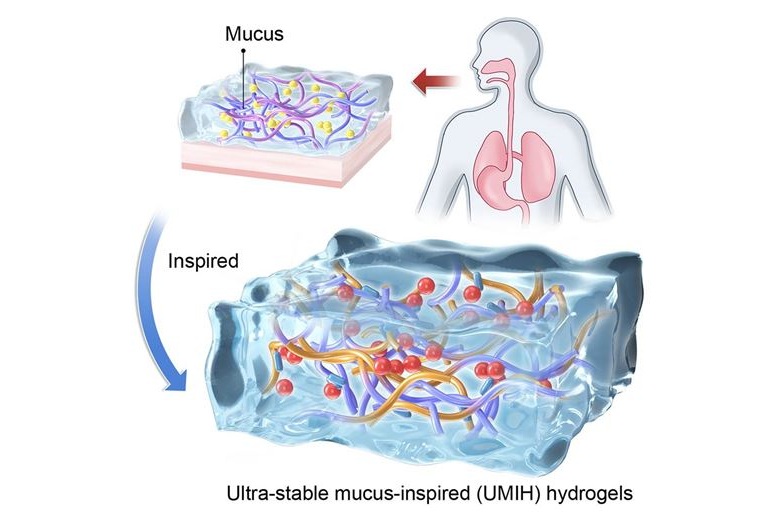
Ultra-Stable Mucus-Inspired Hydrogel Boosts Gastrointestinal Wound Healing
Treating wounds and delivering drugs in the gastrointestinal tract is challenging because most biomaterials rapidly degrade in the stomach’s highly acidic environment. Conventional hydrogels lose adhesion... Read more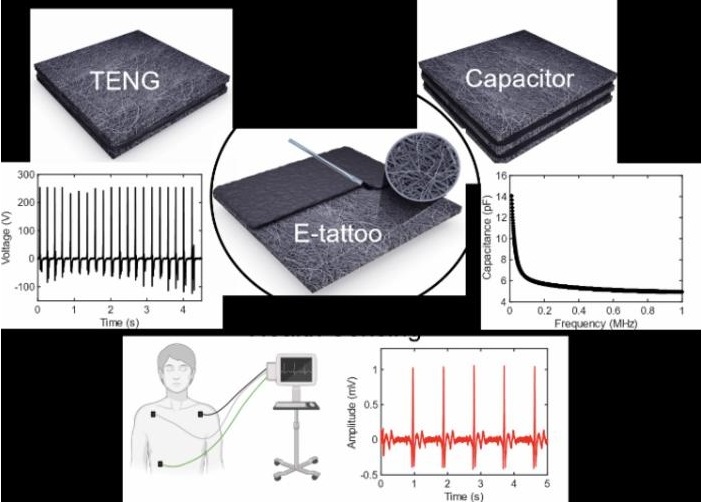
E-Tattoos Harvest Energy and Monitor Health in Real Time
Wearable health devices are increasingly used for continuous monitoring, but many rely on rigid components, external gels, or frequent battery charging, limiting comfort and long-term use.... Read moreSurgical Techniques
view channel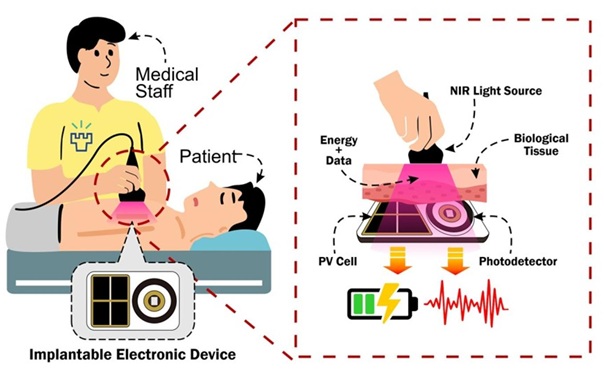
NIR Light Enables Powering and Communicating with Implantable Medical Devices
Implantable medical devices rely on wireless communication and long-lasting power sources to function safely inside the body, yet existing radio-based methods raise concerns around security, interference,... Read more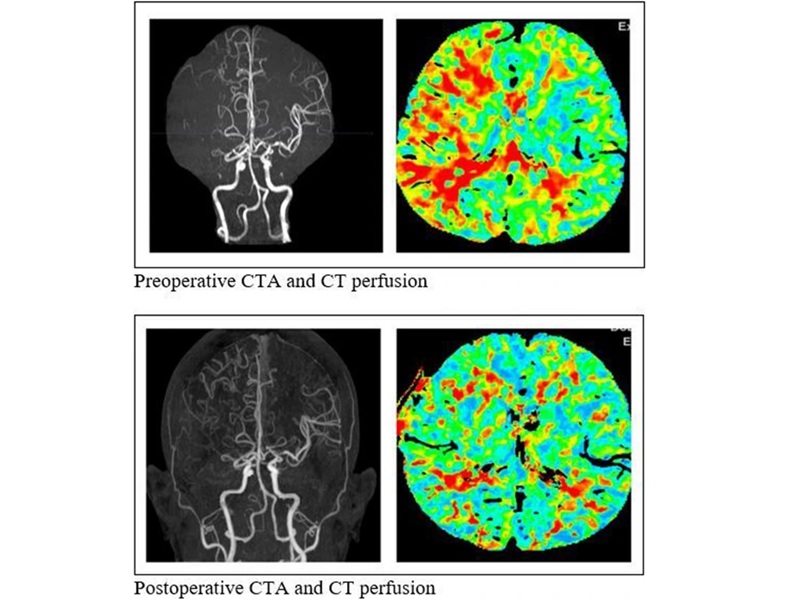
Simple Bypass Protocol Improves Outcomes in Chronic Cerebral Occlusion
Chronic cerebral arterial occlusion and moyamoya disease are major causes of ischemic stroke, particularly in regions where access to advanced diagnostic tools is limited. Assessing cerebral blood flow... Read moreHealth IT
view channel
EMR-Based Tool Predicts Graft Failure After Kidney Transplant
Kidney transplantation offers patients with end-stage kidney disease longer survival and better quality of life than dialysis, yet graft failure remains a major challenge. Although a successful transplant... Read more
Printable Molecule-Selective Nanoparticles Enable Mass Production of Wearable Biosensors
The future of medicine is likely to focus on the personalization of healthcare—understanding exactly what an individual requires and delivering the appropriate combination of nutrients, metabolites, and... Read moreBusiness
view channel
Philips and Masimo Partner to Advance Patient Monitoring Measurement Technologies
Royal Philips (Amsterdam, Netherlands) and Masimo (Irvine, California, USA) have renewed their multi-year strategic collaboration, combining Philips’ expertise in patient monitoring with Masimo’s noninvasive... Read more
B. Braun Acquires Digital Microsurgery Company True Digital Surgery
The high-end microsurgery market in neurosurgery, spine, and ENT is undergoing a significant transformation. Traditional analog microscopes are giving way to digital exoscopes, which provide improved visualization,... Read more
CMEF 2025 to Promote Holistic and High-Quality Development of Medical and Health Industry
The 92nd China International Medical Equipment Fair (CMEF 2025) Autumn Exhibition is scheduled to be held from September 26 to 29 at the China Import and Export Fair Complex (Canton Fair Complex) in Guangzhou.... Read more









